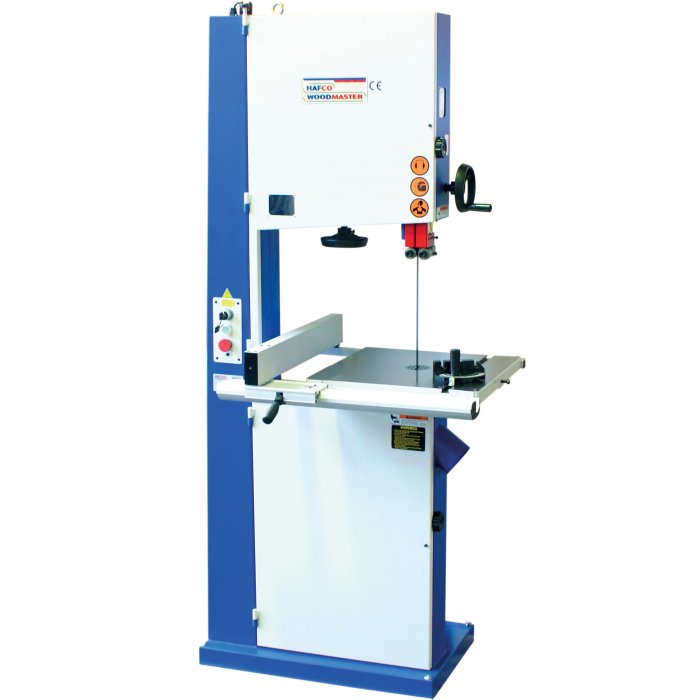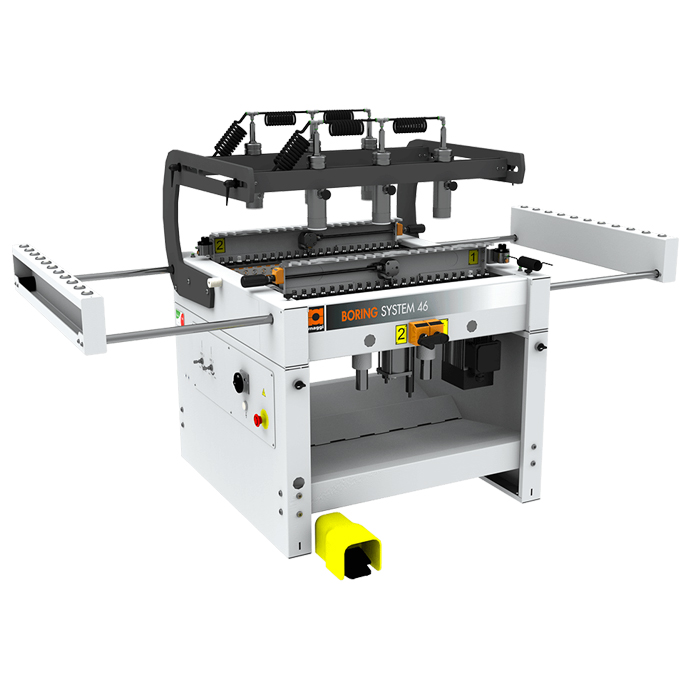A drill press is a fundamental carpentry tool designed for creating precise holes in hard materials. It consists of a rotating spindle that holds the drill, which is then fed into the workpiece securely clamped in a vise on a stable table. This setup ensures that the drilling process is accurate and controlled, making it essential for both professional woodworkers and DIY enthusiasts. The drill itself is typically held in a chuck with three jaws that move radially to securely grip various drill bits. Alternatively, some drill presses feature a tapered shank that fits into a tapered hole in the spindle, providing a reliable and stable connection. This design enhances precision, allowing for clean and accurate holes that are vital in carpentry tasks. One of the key advantages of a drill press as a carpentry tool is its ability to vary spindle speeds. This feature allows woodworkers to select the optimal speed for different materials and bit sizes, ensuring efficient drilling while reducing the risk of overheating or damaging the workpiece.
Additionally, some models come with automatic feed mechanisms, which control the rate at which the drill advances into the material, further enhancing productivity. Incorporating a drill press into a carpentry toolkit offers several benefits, including improved accuracy and consistency in hole-making tasks. Whether it’s for creating pilot holes, drilling for dowels, or installing hardware, the drill press provides the reliability needed for high-quality results. For carpenters and woodworking enthusiasts, understanding the functionalities and advantages of a drill press, along with other carpentry tools, can significantly improve project outcomes. Sharing insights through guest blogging or community discussions about the best practices for using drill presses, selecting the right drill bits, and maintaining the machine can foster a deeper understanding of these essential tools. In summary, the drill press is a vital carpentry tool that enhances precision and efficiency in woodworking projects. By leveraging its features, woodworkers can achieve superior results, contributing to a greater appreciation of carpentry techniques within the woodworking community.
 teknowfeed
teknowfeed


